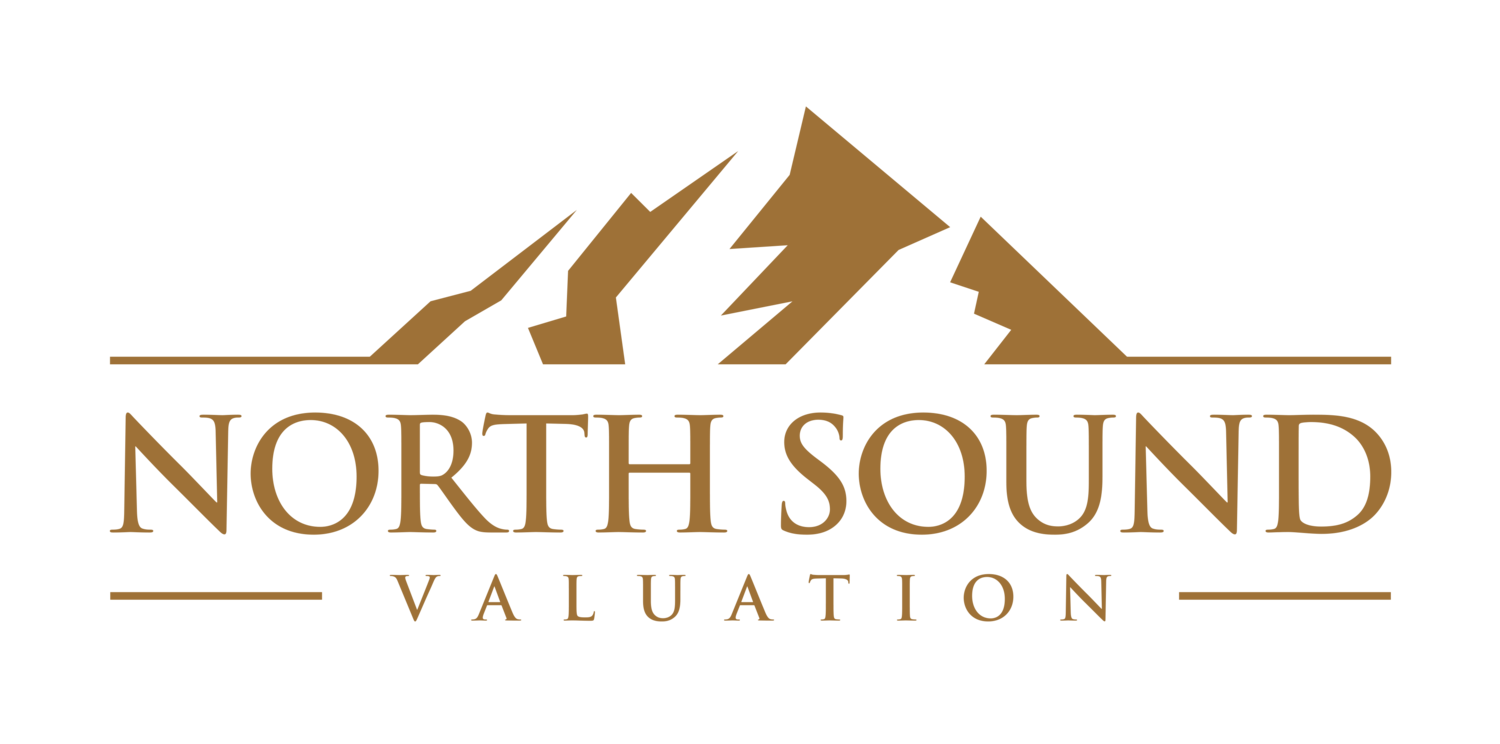
What is an Equity Mortgage?
An equity mortgage is a type of loan that is secured by the equity in your home. It allows you to borrow money using your home as collateral. The amount you can borrow is based on the amount of equity you have in your home.
There are two main types of equity mortgages:
- Home Equity Line of Credit (HELOC): A HELOC is a line of credit that is secured by the equity in your home. It works like a credit card, allowing you to borrow money as needed and make payments over time.
- Home Equity Loan: A home equity loan is a lump sum of cash that is given to you at closing. You will have to make fixed payments over a set period, usually between 5-15 years.
Both types of equity mortgages are considered second mortgages, because they are in second position on the property behind the primary mortgage. They allow homeowners to access the equity they’ve built up in their home to make home improvements, pay for education, or cover other expenses.
Equity mortgages are secured loans, meaning your home is used as collateral. If you are unable to make payments, you could lose your home. Additionally, interest rates on equity mortgages are usually higher than those on primary mortgages, so it’s important to consider the costs and risks before taking out an equity mortgage.
Home Equity Loans
A home equity loan is a type of loan that allows homeowners to borrow money against the equity they have built up in their home. A home equity loan is typically a fixed-rate loan, which means the interest rate and monthly payments remain the same for the life of the loan. The loan amount is usually a lump sum, and the borrower must repay the loan over a fixed period of time, typically 5 to 15 years.
The amount of the loan is based on the value of the home and the amount of equity the borrower has built up. Lenders typically allow homeowners to borrow up to 80-90% of their home’s value, less the outstanding balance on their mortgage.
Home equity loans can be used for a variety of purposes, such as home improvements, debt consolidation, or other large expenses.
Home Equity Line of Credit
A home equity line of credit (HELOC) is a type of loan that allows homeowners to borrow money against the equity they have built up in their home. Like a home equity loan, a HELOC is secured by the home and can be used for a variety of purposes.
One of the main differences between a home equity loan and a HELOC is that a HELOC is a revolving line of credit, which means that the borrower can borrow money as needed, up to a certain limit, and then pay it back over time. This makes HELOCs more flexible than home equity loans, which typically provide a lump sum of money that must be repaid over a fixed period of time.
A HELOC typically has two phases: a draw period and a repayment period. During the draw period, which usually lasts for 5 to 10 years, the borrower can borrow money as needed and make only interest payments on the outstanding balance. During the repayment period, which usually lasts for 15 to 20 years, the borrower must pay back the principal and interest on the outstanding balance.
The amount of the credit line is based on the value of the home and the amount of equity the borrower has built up, similar to a home equity loan.
Refinance and Cash-Out Refinance
A refinance and a cash-out refinance are similar in that they both involve replacing your existing mortgage with a new one, but there is an important difference between the two.
A refinance is when you replace your existing mortgage with a new one in order to obtain a lower interest rate, a lower monthly payment, or a longer loan term. This can be a good option if you want to lower your monthly mortgage payment, or if your credit score has improved since you first took out your mortgage.
A cash-out refinance, on the other hand, is when you replace your existing mortgage with a new one for more than the outstanding balance on your current mortgage. The difference between the new loan amount and your existing mortgage balance is given to you in cash. This can be a good option if you want to access a large amount of cash and you have a good credit score and enough equity in your home to qualify. This can be helpful if you want to use the money for a large expense such as home renovations or consolidating high-interest debt.
In a way, a cash-out refinance can be considered an equity mortgage because it allows you to access the equity you’ve built up in your home. However, the main difference between a cash-out refinance and a home equity loan or line of credit (HELOC) is that a cash-out refinance is used to replace your existing mortgage, while a home equity loan or HELOC is a separate loan that is taken out in addition to your existing mortgage.
Which Should I Use?
A cash-out refinance can be a good option if you want to access a large amount of cash and you have a good credit score and enough equity in your home to qualify. This can be helpful if you want to use the money for a large expense such as home renovations or consolidating high-interest debt.
A HELOC can be a good option if you want to access a line of credit for ongoing expenses or unexpected costs. However, you need to be aware that the interest rate on a HELOC is typically variable, which means that it can change over time.
A home equity loan can be a good option if you want a lump-sum of cash for a one-time expense, such as a home renovation or consolidating high-interest debt. However, the interest rate on a home equity loan is typically higher than that of a first mortgage.
It’s important to consider the terms of the loan, interest rate and fees, as well as your personal financial situation before making a decision. It’s recommended to speak to a financial advisor or a mortgage lender to help you decide which option is the best for you. They can help you evaluate your financial situation, credit score, and the amount of equity you have in your home, and can guide you through the process of applying for a loan.

